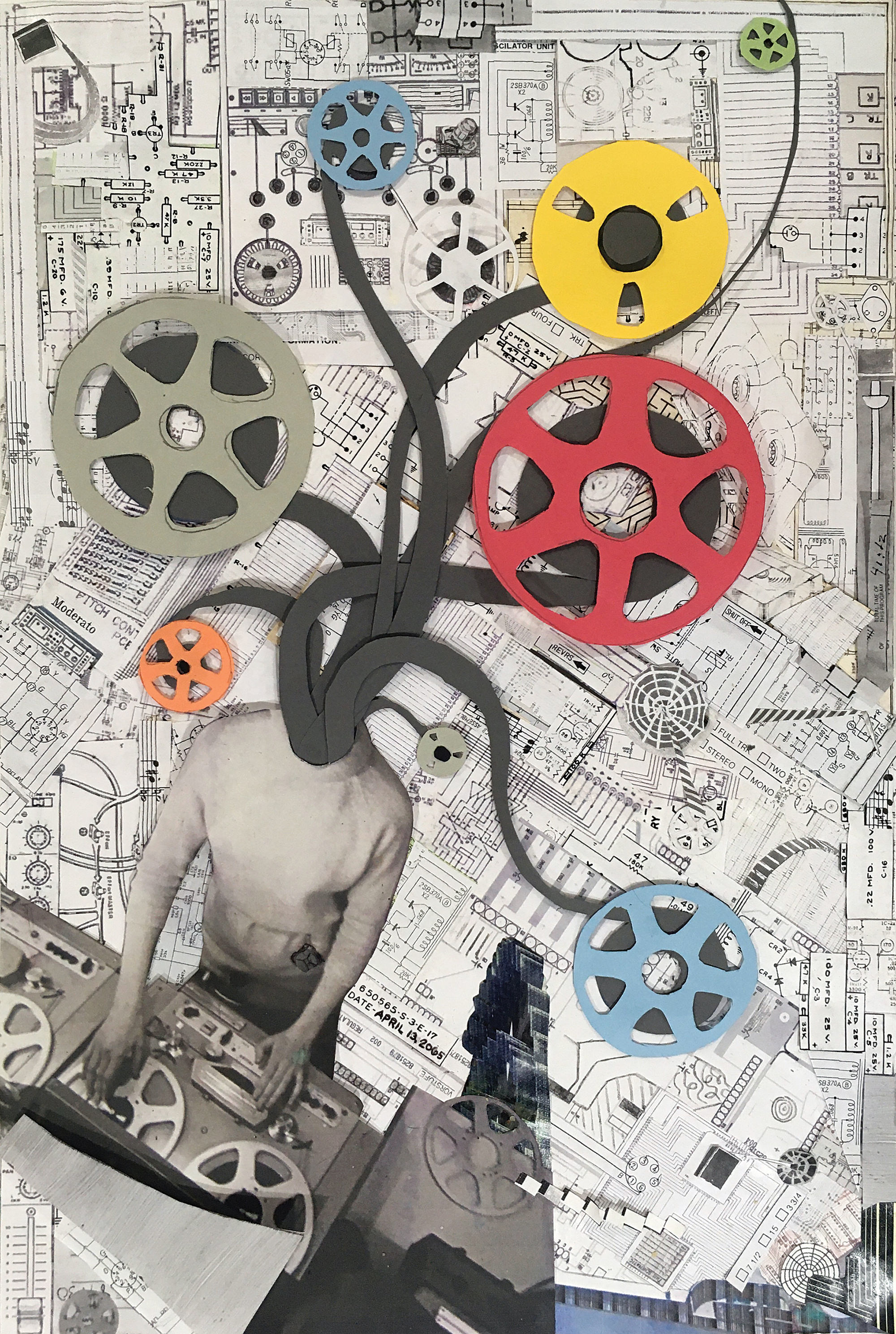It wasn’t until a few years ago, that I finally built my own mixing template for mixing in the box with Pro Tools. I based it on workflows I’d built up in the analog realm, with the goal of reducing repetitive tasks I’d come across while setting up mixes. When this book came along, I wondered how it would hit me. Subtitled, The Ultimate Guide to Achieving a Professional Sound, this publication seeks to help you build a “System built on a streamlined workflow with speed and elegance,” and I think it can. Billy Decker, a successful Nashville mix engineer, teaches the reader to build their own version of his template so that they know and understand it well, as opposed to simply importing “his” template, and not quite knowing what is going on underneath or why. You should be able to recreate Billy’s workflow with any computer mixing DAW setup and plug-ins.
Much of the emphasis is on getting the routine work done fast so you can focus on the creative and important part of mixing. Gain staging methods used while importing audio files are explained, and the system employs “a lot of very light compression” to even out tracks and pull the mix together, something many of us have likely learned over decades. Billy’s thoughts are usually spot on with statements such as, “The brand of plug-in is not as important as you may think,” or, “Use whatever you have at your disposal and don’t look for excuses.”
The book is broad enough that inexperienced engineers can likely follow along. For someone of my experience, it became a bit tiring to slog through the basics, but then again, I wonder if anyone like me would be looking for a whole book on template mixing. Some of Billy’s specifics – completely replacing kick drums with samples or building synthesized low end for bass guitar – are definitely not processes I would do on every session, but I felt it was easy for me to pick and choose certain techniques presented here. The mastering section sent shivers up my spine, as my preference is to avoid any and all “self-mastering.” Maybe that’s just me, I dunno. I did pull the idea of using a “clipping limiter” in cases where you want to catch little transient “overs” on a track or bus. The book is also an excellent reference for identifying frequencies a pro mixer will often cut or boost on certain instruments; I always nodded my head at Billy’s choices. Throughout the book there are a lot of thoughts and practices that will help a mix engineer keep their focus, searching for “feel” as opposed to “perfection.” There really is a lot of information packed into these 126 pages, and most of it I agree with completely.
At the top of the “Mixing” chapter Billy says, “So much of mixing is down to attitude.” Having control over your mixing process, and having a roster of techniques, that you draw from, is how you can maintain an “I can” attitude while focusing on what matters in a mix, which is what this book is hoping it can help you achieve. For many people, I think it could.




_disp_horizontal_bw.jpg)